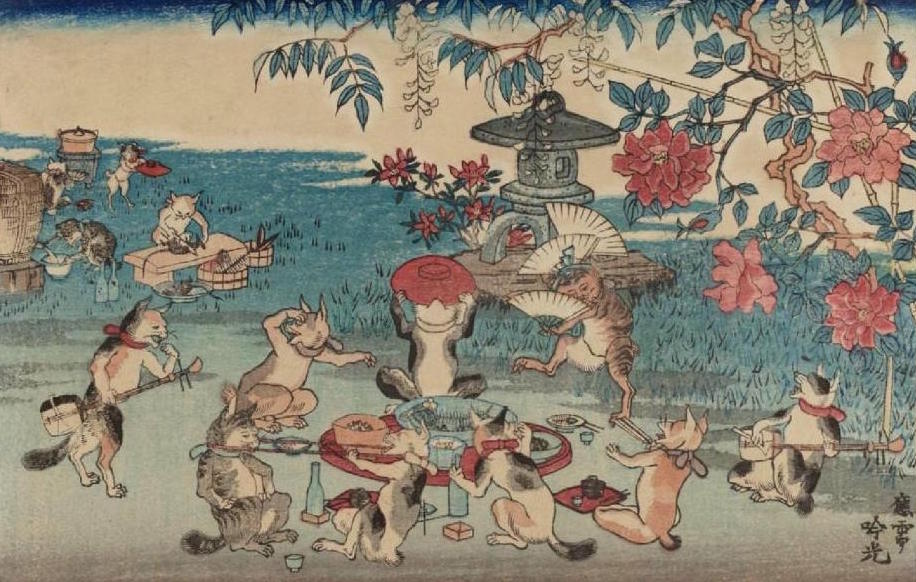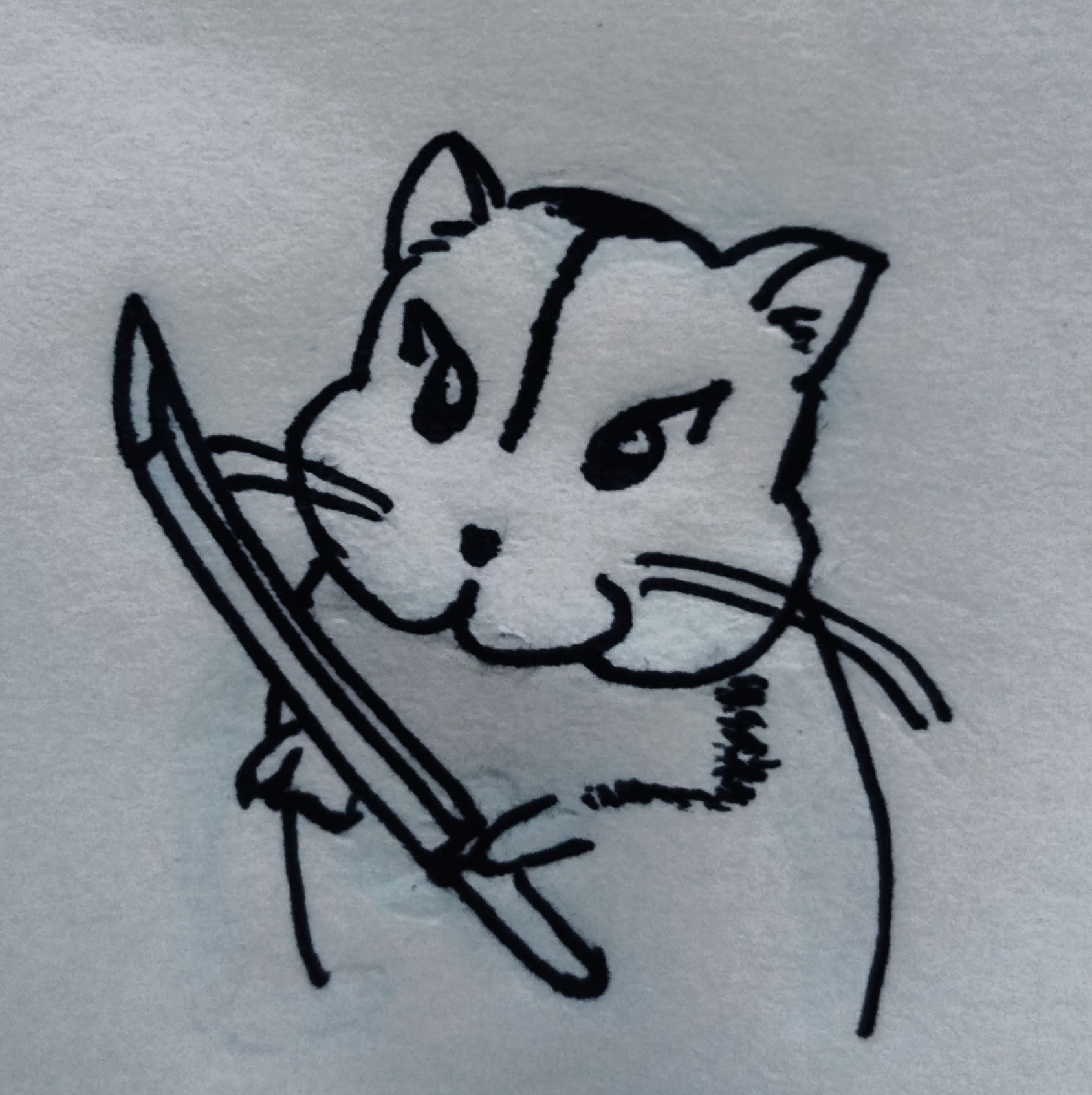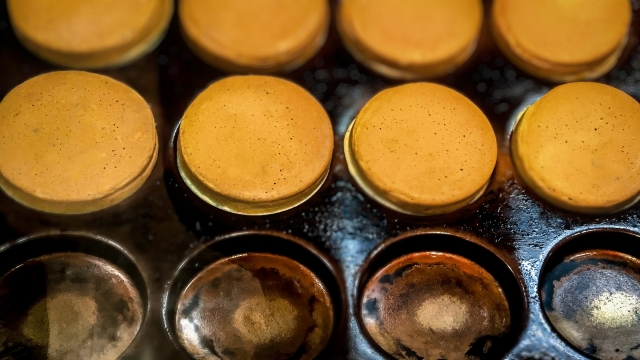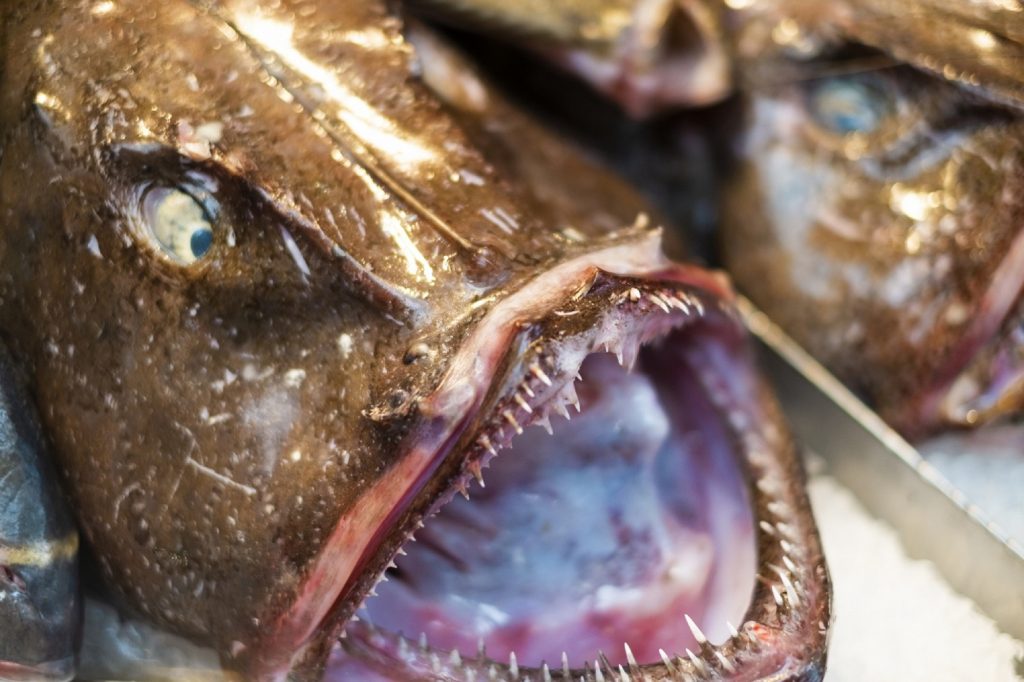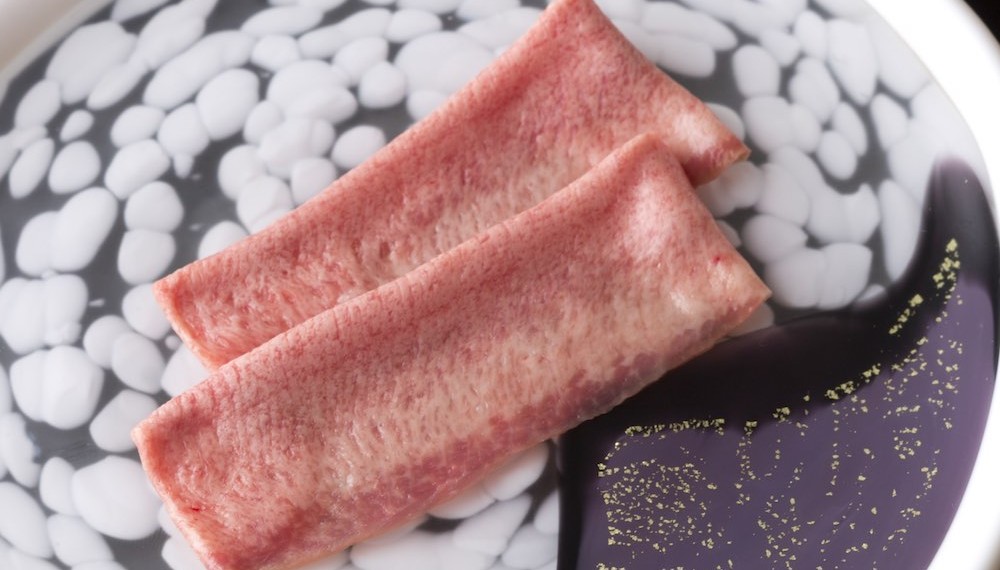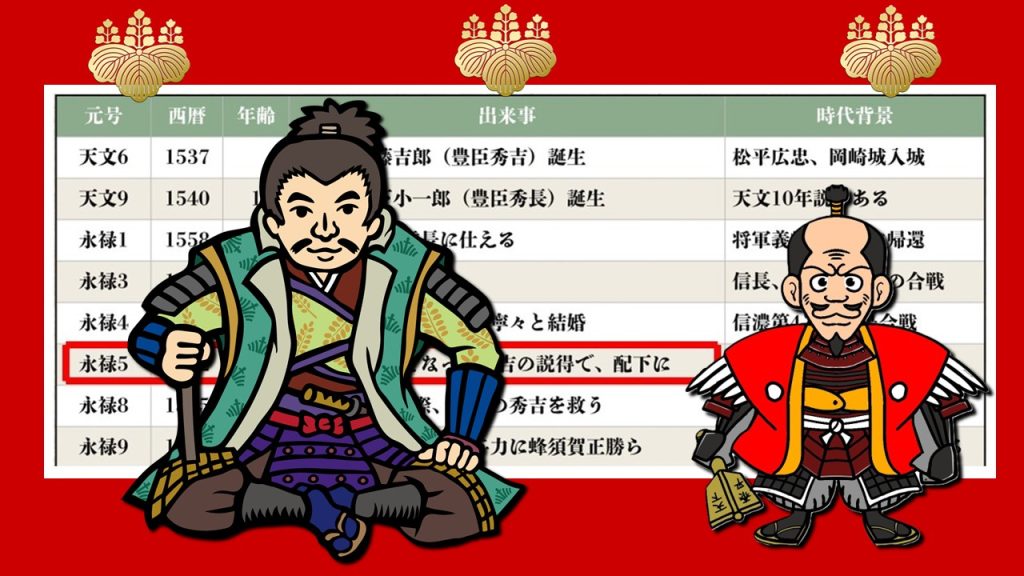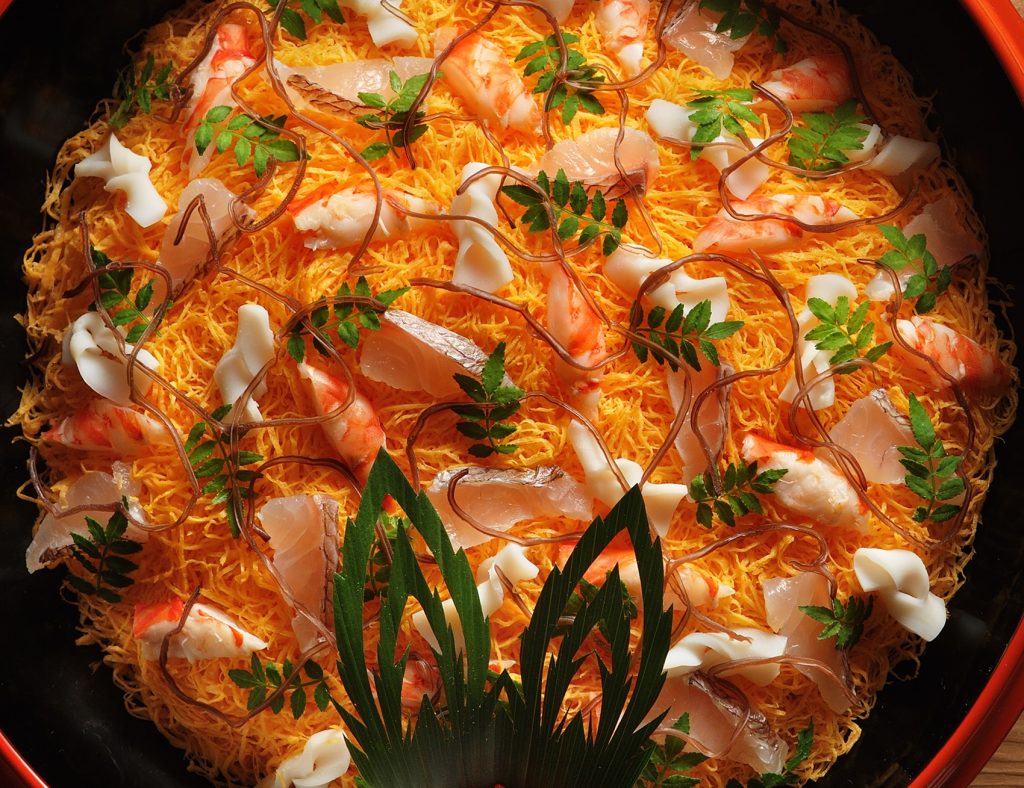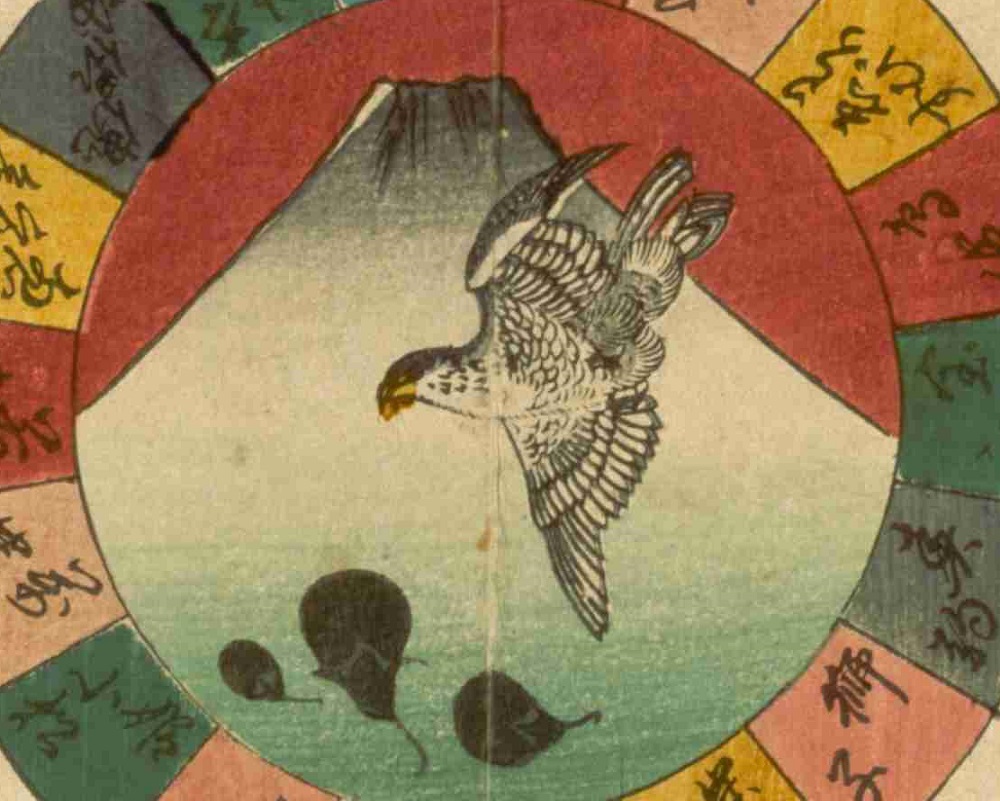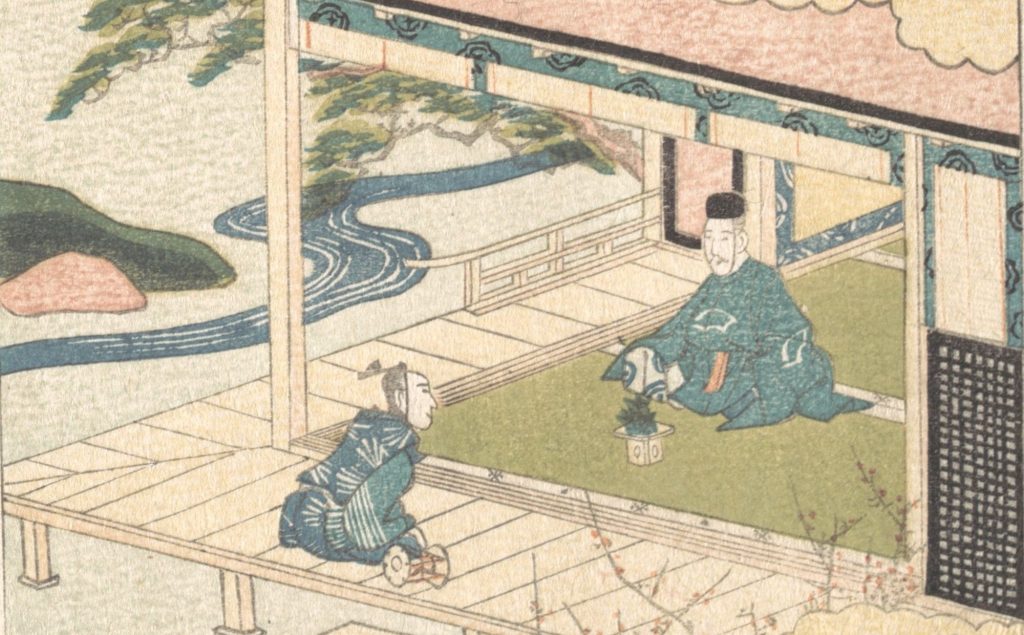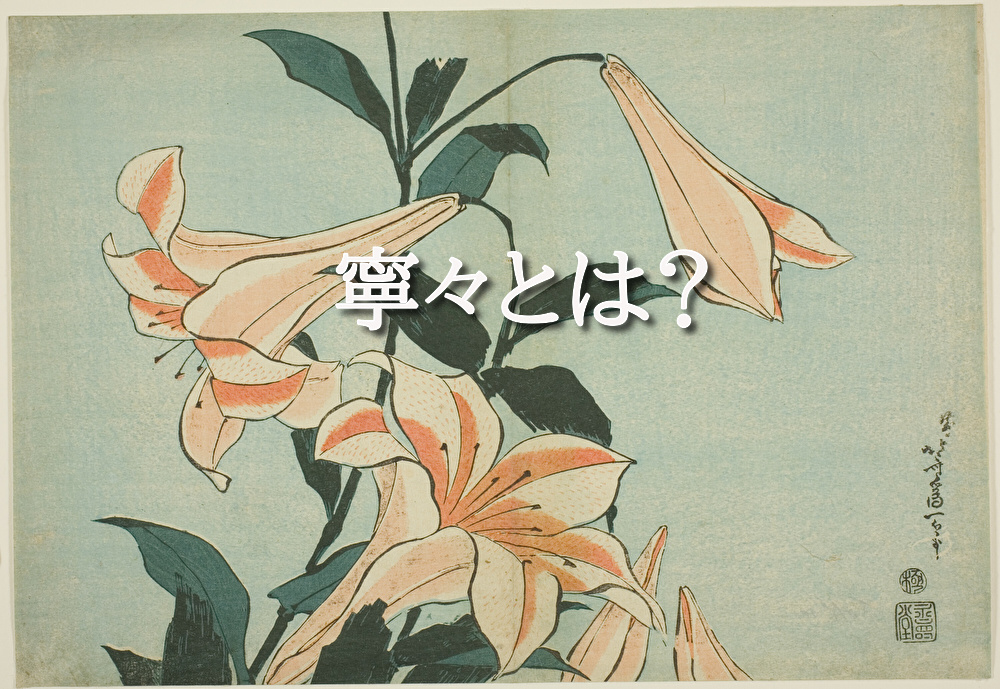What’s ‘Saitama’?
Place names usually have some meaning. As a non-expert, I’m not certain that there aren’t any names which were just named on feeling, but atleast the name ‘Saitama’ holds a proper meaning.
Saitama was a much teased character in the original manga and film ‘Tonde de Saitama (翔んで埼玉)’, which was a huge hit, being referred to as ‘Dasai-tama (with ‘dasai’ meaning lame)’ and ‘Mendokusai-tama (and ‘mendokusai’ meaning bothersome)’. However, it is in fact a place that bears a very venerable name.
Saitama is not to be underestimated
The Monument to the Birthplace of the Saitama Prefecture Name is located in Gyoda (行田) City, Saitama Prefecture, not far from a group of ancient burial mounds.
I’ve just slipped it in quite casually, but yes there is a group of ancient burial mounds.

Inariyama Kofun (稲荷山古墳). In Japan, it is not uncommon to have heard this name before, even if were not a fan of ancient history. The artifacts unearthed here are extraordinary.
Kinsakumei tekken (金錯銘鉄剣). This national treasure was unearthed during excavations at the Inariyama kofun (稲荷山古墳) in 1968, and during the subsequent conservation process it was found to be inlaid with 115 characters in gold, making it a ‘once-in-a-century discovery’.
The sword is 73.5 cm long, with a blade of approximately 58 cm, and the year of production (‘Shingai year (辛亥の年)’: A.D. 471 or 531) and the circumstances surrounding the making of this iron sword are written in gold inlay on the front and back of the blade, making it a cultural asset of extremely high historical value that gives an insight into the circumstances of the time.
From December 2019 to February 2020, a reconstruction of this Kinsakumei tekken, faithfully reproduced by the best craftsmen of the day, was exhibited at the Museum of the Sakitama Ancient Burial Mounds(埼玉県立さきたま史跡の博物館). As ancient polishing techniques differ from those of today, the restoration was given a final finish using aoto (青砥; blue whetstone), as was done in those days, and this was truly beautiful. The final finishing with Aoto is a method where the grain of the whetstone can be seen quite clearly, so it reveals the skill of the sharpener. Whether or not the polishing was as finely matched as this restoration at the time of its production, it clearly shows that this iridescent iron surface (which would appear rough according to modern polishing techniques) may have been prized even in ancient times.
‘Saki-tama’ becomes ‘Saitama’
After visiting the Kinsakumei tekken and the kofun, I thought it was time to go home, but there was still some time before the next bus. To kill time, I strolled around aimlessly and happened to find the Sakitama Shrine (前玉神社).
As you might have caught on, this was the key to unlocking the origin of the name ‘Saitama’. …which finally brings us to my main point.

There is some distance between the birthplace monument and Sakitama Shrine. The monument is located close to the Museum of the Sakitama Ancient Burial Mounds, while the Sakitama Shrine is a short walk along the road from there. It seems that the area where the tombs and Sakitama Shrine are located is the birthplace of the prefecture’s name, rather than the location of the monument being the pinpoint birthplace.
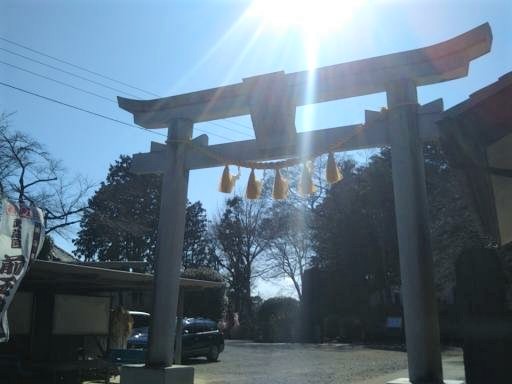
The shrine is built directly above a kofun. The two male and female deities, Sakitama Hime-no-mikoto (前玉比売神) and Sakitama Hiko-no-mikoto (前玉彦命), are enshrined here, and the shrine is known as the god of love fulfilment, marital bliss and marriage.
According to the official website of the Sakitama Shrine, it is also called the ‘Saiwai no mitama (幸魂) Shrine’ and is a deity that brings people together, protects them and brings them happiness. The kanji for ‘Sakitama-gun (前玉郡), which was given to the shrine in ancient times, later changed to ‘Saitama-gun (埼玉郡)’, which is the current name of Saitama Prefecture.
The word ‘saki-mitama(幸魂)’, which is also heard in the celebratory rites, is said to refer to the spirit of the god of grace who brings happiness to people. There are different theories as to the origin of the prefecture’s name, but it is thought to be derived from ‘the land that brings good fortune’, as the area is rich in vegetables, rice, tea and other specialities.
The name ‘Saitama’ means ‘Saki-tama, Saki-mitama, Saiwai-no-mitama’, which is a very auspicious name indeed. It certainly should not be made fun of…right?
It is actually a mecca for cat lovers
By the way, in the precincts of the Sakitama Shrine, I encountered a lot of cats. Moreover, they even have the air of being the masters of this place.
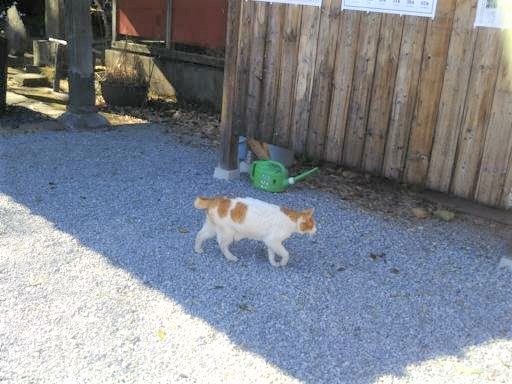
It does not seem that Sakitama Shrine itself is a place associated with cats, but the cats are the real beckoning cats here. On the 22nd of every month, a special red seal is awarded, and this is a cat red seal. Moreover, it is said to change every month. And there are always cat merchandise available. The birthplace of Saitama Prefecture’s name is also one of the sacred places for cat lovers.
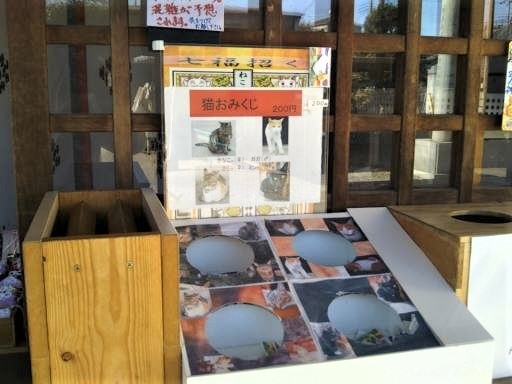
The cat is even good at customer service. Even when the children reached out their hands, a little scared, they were petted without a care in the world. She was petting the child without hesitation, as if to say: ‘Don’t worry I won’t hurt you?’ That’s what I’m talking about. There is also a ‘neko omikuji (猫(cat) おみくじ(fortune written on a strip of paper))’, named after the local beckoning cats that are regulars.
Don’t ever say ‘dasaitama’ again ok?
So. By now, the name ‘Saitama’ may seem quite dazzling. After all, this is the land that has been given the name of ‘sakimitama’. From now on, I’m sure we won’t be able to say “Dasaitama”…actually no, I have a feeling it probably still will be. But thats probably what makes Saitama so charming?
As an aside, kusa-mochi (草餅; rice cakes made with yomogi leaves) at the Japanese sweets shop I wandered into were so good that I was almost blown away.
Sakitama Shrine Information
Address: 5450 Miyamae, Oaza-Saitama, Gyoda City, Saitama Prefecture 361-0025
Hours for accepting vermilion seals: 9am – 4pm (suspended between noon and 1pm)
For more information, see the official website.
official website
This article is translated from https://intojapanwaraku.com/rock/travel-rock/102654/






